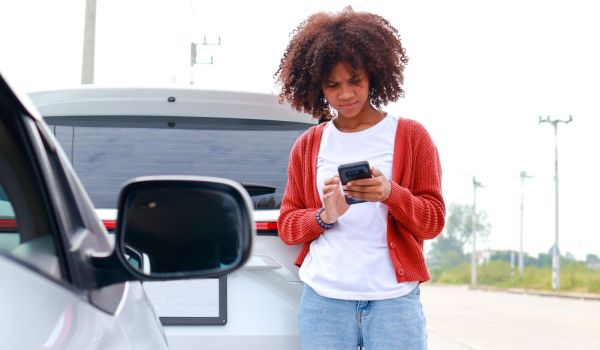When you’ve been in an accident, the last thing you want is to deal with complicated insurance claims and paperwork. That’s where our local collision repair shop, Parsons Auto Body steps in. When you choose an auto body shop that provides help with insurance, you get a smoother, more stress-free experience from start to finish. Instead of navigating the claims process alone, you’ll have experienced support guiding you through every step.
Why Getting Professional Help with Insurance Matters
The insurance process can feel overwhelming, especially if you’re unsure of what information is required. A repair shop that regularly works with insurance companies understands the process inside and out. A collision repair shop can simplify communication, ensure all documents are submitted correctly, and work directly with your insurance provider to keep your repair moving forward.
Not All Damage Is Visible — Professional Guidance Matters
After a collision, what you can see is only part of the story. A bent bumper, dented fender, or cracked light might be obvious, but hidden structural damage can be far more serious. Modern vehicles are built with advanced frames, sensors, and safety systems that can be disrupted even in minor accidents. Damage to the frame, suspension, alignment, or internal components can go unnoticed without a professional inspection.
This is why seeking help from trained auto body technicians like the professionals at Parsons Auto Body is essential. Our technicians use specialized tools, diagnostic equipment, and experience to identify problems you may not see or feel right away. By thoroughly inspecting your vehicle, they ensure that nothing is missed and that the insurance provider receives accurate repair details.
A correct assessment not only protects your safety, it ensures your vehicle is repaired to proper standards, not just “good enough” on the surface.
Coordinating with Insurance for a Smooth Repair Process
A collision repair shop can:
- Guide you step-by-step through filing your insurance claim
- Communicate with your insurance adjuster on your behalf
- Provide repair estimates and photos required by your insurer
- Work towards approval of OEM-quality parts when possible
- Keep you informed throughout the process
When your repair shop acts as your advocate, the entire process becomes more seamless and transparent.
Save Time and Stress with Support You Can Trust
Your schedule is busy enough. Instead of going back and forth with your insurance provider, your auto body shop of choice handles it with efficiency and expertise. This allows you to focus on what matters, getting back to everyday life, while your repair professionals take care of the rest.
Get Back on the Road with Confidence
After an accident, your goal is to feel safe and confident driving your vehicle again. With the right collision repair shop, you get dependable repairs and reliable help with insurance, all in one place. From claim assistance to high-quality repairs, everything is handled with care, transparency, and customer support. Trust Parsons Auto Body for reliable help with insurance by booking an appointment today or call (702) 293-0867 for more information!

